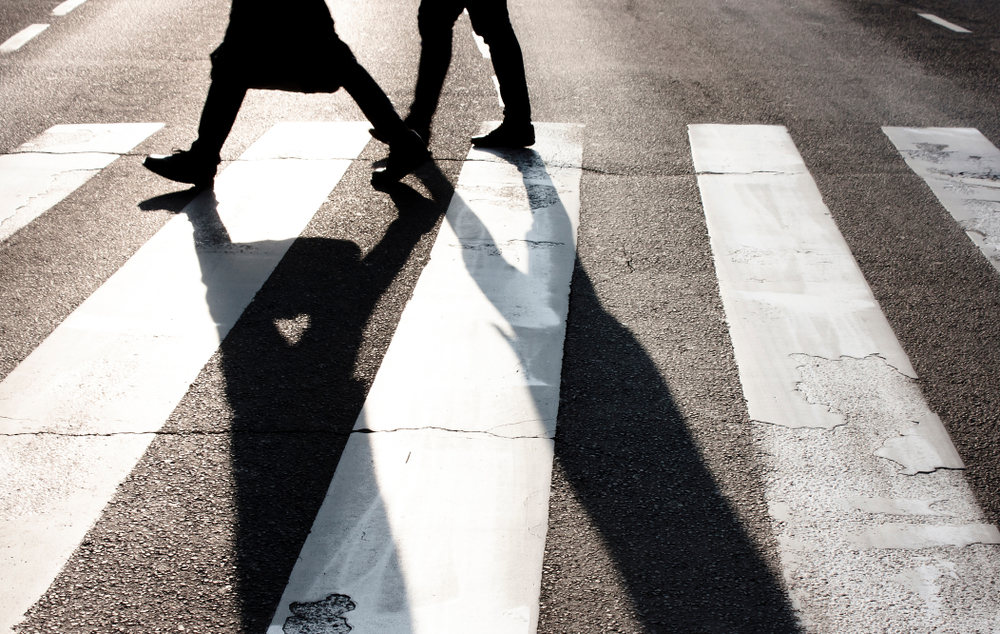
MONTREAL — A Montreal borough is experimenting with 3D-style painted crosswalks in the hopes of getting drivers to slow down, but not everyone is sure the eye-catching street art will do much to improve pedestrian safety.
The Outremont borough repainted the first of two crosswalks to resemble raised blocks this week as part of a pilot project to improve safety and visibility at some of its most dangerous intersections.
Coun. Mindy Pollak says the painting style creates an optical illusion that makes the lines appear to float above the ground, hopefully catching drivers’ attention and reminding them to yield to pedestrians.
“The 3D crosswalk creates a visual effect that makes drivers slow down and say ‘whoa, OK, there’s a crosswalk, there’s a stop sign,”’ she said in a phone interview.
Pollak said the crosswalks are becoming increasingly common in Europe, but to her knowledge it’s the first time they’ve been tried in Canada.
While they’re growing in popularity, there are few empirical studies to show whether they have any long-term effect on traffic safety.
The Canadian Transportation Association lists optical illusion pavement markings as “an emerging measure” to try to influence drivers to lower their speeds, according to its executive director.
The association notes that the measure can be implemented quickly with no impact on emergency vehicles, but also warns that “some drivers may be surprised, potentially causing them to perform a hazardous manoeuvre,” Sarah Wells wrote in an email.
Pollak said that while there may not be much research on the crosswalks’ long-term effectiveness, it’s something worth studying.
“Everything Quebec can contribute to drivers slowing down is something we’re willing to test,” she said, noting the pilot project is part of a larger package of measures to improve safety that include speed bumps, extended curbs and different signage.
On Outremont’s Bernard Street on Wednesday, road users appeared to have mixed opinions on the borough’s new project.
On a sunny lunch hour, the intersection bustled with cars, cyclists and pedestrians, with some walkers pausing to check out the new crosswalk as they dipped in and out of the upscale stores and cafes that line the street.
When asked to weigh in on the crosswalk, several pedestrians said they believe the project is a good idea even if they’re not sure it’s going to work.
Caroline Gagne, who pushed a stroller containing a baby and two dogs, said she’s generally in favour.
“I think it’s a good idea, although I think we should maybe redo the roads before fixing the crosswalks,” she said.
Francois Lemarchand, who arrived on a scooter, said he doesn’t see the harm of having them.
“I’m not sure it will have an effect long term, but in any case I find it pretty, so why not?” he said.
But other drivers who approached the intersection in their vehicles told The Canadian Press they weren’t aware of the three-dimensional effect of the markings.
“I didn’t notice at all,” Jessica Bendahn admitted as she climbed out of a black sedan.
Two other women, who parked near the crosswalk in an SUV, also said they hadn’t noticed the illusion.
A spokesperson for the borough said the two new crosswalks are costing a total of just under $3,200, compared to $168 for two of their standard counterparts.
Like all of Montreal’s road markings, the new crosswalks are expected to fade and will need repainting by next year.